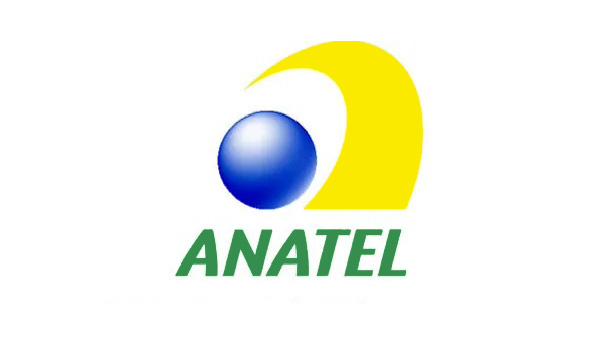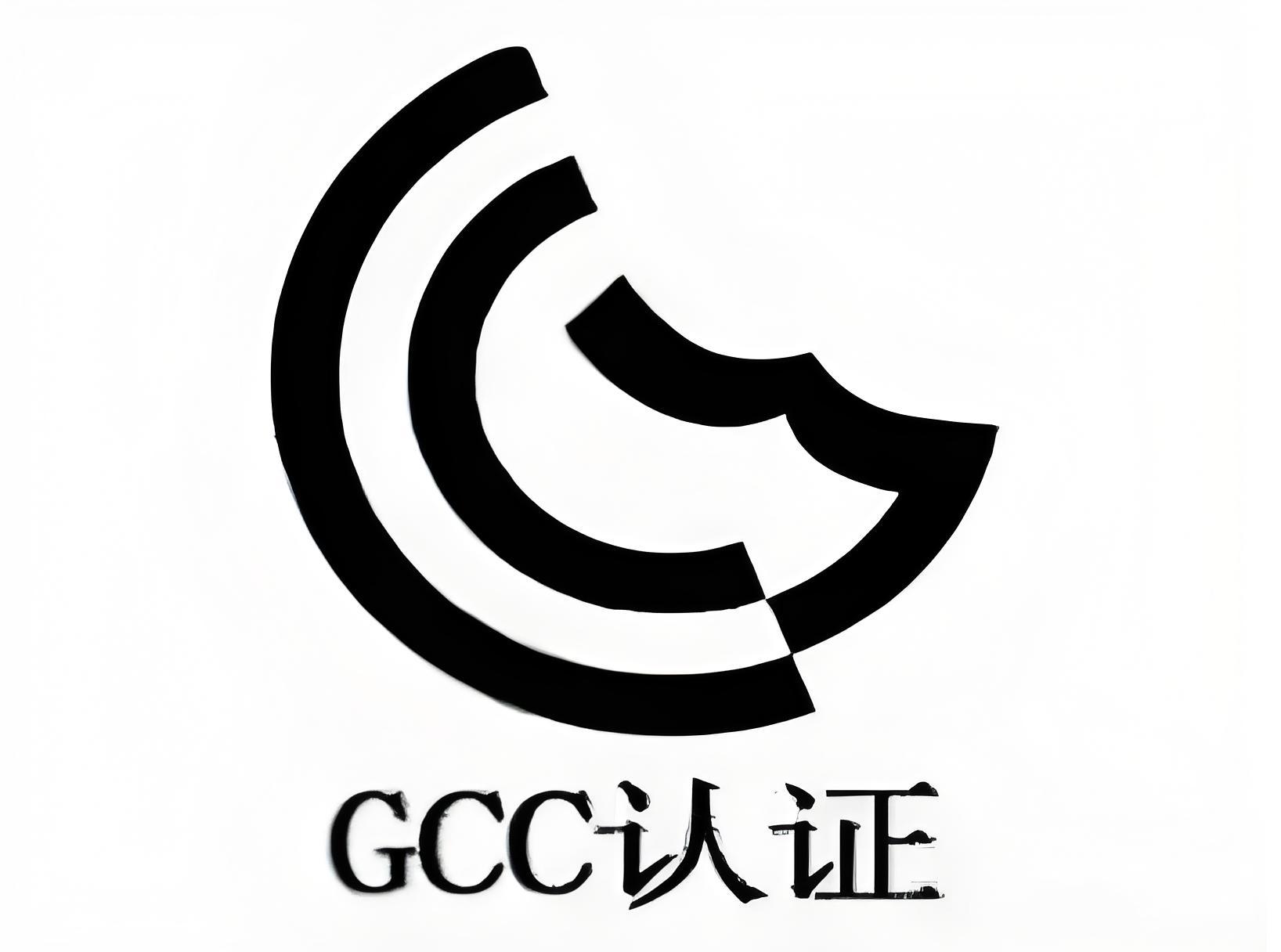
Certification introduction
The Singapore Consumer Product Protection Regulation 1991 designated the Singapore Standards, Productivity and Innovation Committee as the product safety function, responsible for licensing and registration of products covered by the Consumer Protection (Safety Requirements) Registration Scheme (CPS). Only registered products bearing the SAFETY logo can be sold in Singapore, and the relevant units responsible for selling regulated goods to consumers in Singapore must register each model with the security authority. When logging in, it must be confirmed by a certificate and test report that this model complies with the mandatory product safety label. Singapore currently only requires safety, and EMC is only a voluntary principle.

Safety requirements: Under the requirements of the IEC standard, the products must also meet the test of tropical conditions, and Singapore certification must provide local agents, and the certificate holders are also local agents. Products can only be sold in Singapore after obtaining PSB.
Certification cycle
Regular 3-4 weeks, can be expedited
application process
1. Enterprises apply
2. Quote
3. Sign the contract
4. Document review: review the application materials and technical documents submitted by the enterprise
5. Issue certificates
Application materials
1. CB certificate and test report valid within three years (English version only)
2. Label (PSB application only accepts a single model, does not accept series model applications)
3. Circuit diagram and Layout
4. Parts Material List (BOM)
5. Architecture / Engineering drawings and parts list
6. English manual
7. Color photos, including appearance and internal (important safety parts) photo files
8. Other information, the name, address and contact details of the importer or agent in Singapore
other
Certification considerations
1. The certificate holder is a local registered company in Singapore;
2. No factory inspection and annual fee;
3. The certificate is valid for three years;
4. If the product is a direct plug-in power supply, the plug must meet the relevant requirements. For example, the European plug should comply with EN50075, the British plug must comply with BS1363 or SS246 requirements, and relevant plug test reports;
5. There is no series of application for product certification, each certificate can only cover a single model and a trademark;
6. If you hold a valid CB certificate or report, you generally do not need to provide samples;
7. Certification standard: IEC standard + Singapore difference, or SS standard.


ANATEL certification is a mandatory certification for telecommunications equipment or related equipment by the Brazilian National Telecommunications Administration (Agência Nacional de Telecomunicações), including wireless communication equipment, wired communication equipment and related auxiliary equipment; this certification ensures that telecommunications equipment sold in the Brazilian market meets Brazil\'s technical standards and regulatory requirements, and guarantees the product\'s quality requirements such as radio frequency, electrical safety, electromagnetic compatibility, and electromagnetic exposure. If the product entering Brazil does not complete ANATEL certification, it may face fines, seizures, and other penalties.

COC certification in Algeria is a mandatory certification for products exported to Algeria, ensuring that the products comply with the country\'s safety, quality, and technical standards. The certification process includes document review, product testing, and factory inspection. Products that pass certification can be legally sold in the local market, protecting consumer interests and promoting fair trade.

GCC certification is the abbreviation for Gulf Cooperation Council certification, which is a mandatory certification requirement for products entering the market in Saudi Arabia and other countries in the Gulf region.
The Singapore Consumer Product Protection Regulation 1991 designated the Singapore Standards, Productivity and Innovation Committee as the product safety function, responsible for licensing and registration of products covered by the Consumer Protection (Safety Requirements) Registration Scheme (CPS). Only registered products bearing the SAFETY logo can be sold in Singapore, and the relevant units responsible for selling regulated goods to consumers in Singapore must register each model with the security authority.
Get a quote